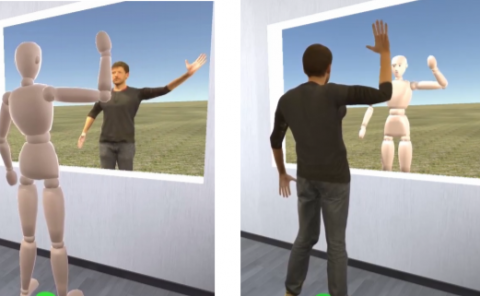Virtual reality (VR) as a testing bench for consumer optical solutions: A machine learning approach (GBR) to visual comfort under simulated progressive addition lenses (PALS) distortions
PubDate: Jul 2022
Teams: University of Tuebingen;Western Sydney University;Carl Zeiss Vision International GmbH
Writers: Miguel García García, Yannick Sauer, Tamara Watson, Siegfried Wahl

Abstract
For decades, manufacturers have attempted to reduce or eliminate the optical aberrations that appear on the progressive addition lens’ surfaces during manufacturing. Besides every effort made, some of these distortions are inevitable given how lenses are fabricated, where in fact, astigmatism appears on the surface and cannot be entirely removed or where non-uniform magnification becomes inherent to the power change across the lens. Some presbyopes may refer to certain discomfort when wearing these lenses for the first time, and a subset of them might never adapt. Developing, prototyping, testing and purveying those lenses into the market come at a cost, which is usually reflected in the retail price. This study aims to test the feasibility of virtual reality for testing customers’ satisfaction with these lenses, even before getting them onto production. VR offers a controlled environment where different parameters affecting progressive lens comforts, such as distortions, image displacement or optical blurring, can be analysed separately. In this study, the focus was set on the distortions and image displacement, not taking blur into account. Behavioural changes (head and eye movements) were recorded using the built-in eye tracker. Participants were significantly more displeased in the presence of highly distorted lens simulations. In addition, a gradient boosting regressor was fitted to the data, so predictors of discomfort could be unveiled, and ratings could be predicted without performing additional measurements.


